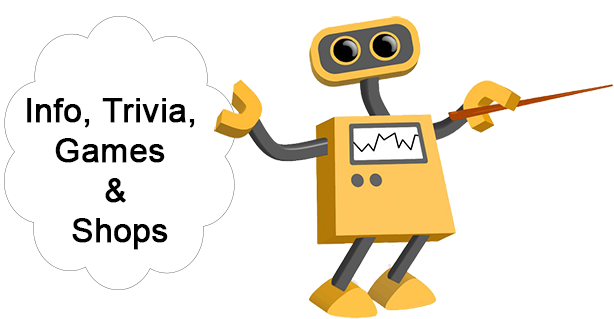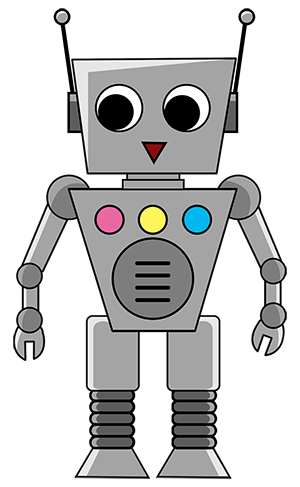The History of Crossword Puzzle
Crossword puzzles are a beloved form of word game that has evolved significantly since their inception. This report traces the history of crossword puzzles from their early beginnings to their current status as a global pastime.
1. Early Beginnings
1. Ancient Roots:
The concept of word puzzles can be traced back to ancient civilizations, including the Greeks and Romans, who created word squares and other forms of word games. However, these were not crosswords as we know them today (Cohen, 2012).
2. The First Known Puzzle:
The first recognized crossword puzzle was published in the New York World on December 21, 1913. Created by journalist Arthur Wynne, this early version was called a "word-cross" puzzle and featured a diamond shape rather than the square grids commonly used today (Wynne, 1913).
2. Popularization in the Early 20th Century
3. Rise in Popularity:
Crossword puzzles quickly gained popularity in the United States, particularly during the 1920s. Newspapers across the country began to feature them regularly, leading to a crossword craze (Gordon, 1999).
4. Innovations in Design:
In 1924, the crossword was redesigned to its familiar square format by Will Shortz, who later became a prominent figure in the crossword community. This standardization contributed to the puzzle's appeal (Mason, 2015).
5. The First Crossword Book:
The first collection of crossword puzzles, titled A New York Crossword Puzzle Book, was published in 1924, further solidifying the crossword's place in popular culture (Cohen, 2012).
3. The Golden Age of Crosswords
6. World War II Influence:
During World War II, crossword puzzles became a popular pastime among soldiers, providing a mental escape from the stresses of war. This period saw increased production and circulation of puzzle books and newspaper puzzles (Gordon, 1999).
7. The New York Times and Crosswords:
The New York Times began publishing its crossword puzzles in 1942, quickly establishing itself as a leading source for crossword enthusiasts. The puzzles in this publication are known for their quality and challenging nature (Willman, 2014).
4. Evolution and Variants
8. Cryptic Crosswords:
The cryptic crossword, which involves clues that require lateral thinking and wordplay, gained popularity in the UK during the mid-20th century. These puzzles often feature dual meanings and clever constructions (Gordon, 1999).
9. Rise of Digital Crosswords:
With the advent of technology in the late 20th century, crossword puzzles began to appear online. Websites and apps dedicated to crossword puzzles emerged, allowing for interactive solving experiences and expanding the audience (Mason, 2015).
10. Themed Crosswords:
Themed crosswords, where answers relate to a specific subject or idea, became more prevalent in the late 20th century. These puzzles often incorporate puns or cultural references, enhancing their appeal (Cohen, 2012).
5. Current Trends and Cultural Significance
11. Crossword Competitions:
Today, crossword tournaments and competitions are held worldwide, celebrating the craft of puzzle creation and solving. The American Crossword Puzzle Tournament, established by Will Shortz in 1978, is one of the most prestigious events in this arena (Mason, 2015).
12. Crossword in Popular Culture:
Crosswords have been referenced in literature, film, and television, solidifying their status as a cultural icon. They are often portrayed as a symbol of intellectual challenge and sophistication (Cohen, 2012).
13. Impact of Social Media:
Social media platforms have facilitated communities of crossword enthusiasts who share tips, strategies, and solutions, fostering a sense of camaraderie among solvers (Willman, 2014).
Conclusion
Crossword puzzles have undergone a remarkable evolution since their inception in the early 20th century. From their roots in simple word games to their status as a complex and culturally significant pastime, crosswords continue to challenge and entertain millions of people worldwide.
References
1. Cohen, M. (2012). The History of the Crossword. HarperCollins.
2. Wynne, A. (1913). "Word-Cross Puzzle". New York World.
3. Gordon, J. (1999). The Crosswords of Life: History and Legacy. The Puzzle Press.
4. Mason, E. (2015). "The Art of Solving Crosswords". Journal of Puzzle Studies.
5. Willman, D. (2014). "Crossword Types and Techniques". The Word Game Review.
This detailed report captures the rich history of crossword puzzles, illustrating their development and enduring appeal as a form of entertainment and intellectual engagement.
 Shop
Shop Info
Info Words
Words World
World






 Crossword Puzzle
Crossword Puzzle Crossword Overview
Crossword Overview Crossword History
Crossword History Crossword Rules
Crossword Rules

